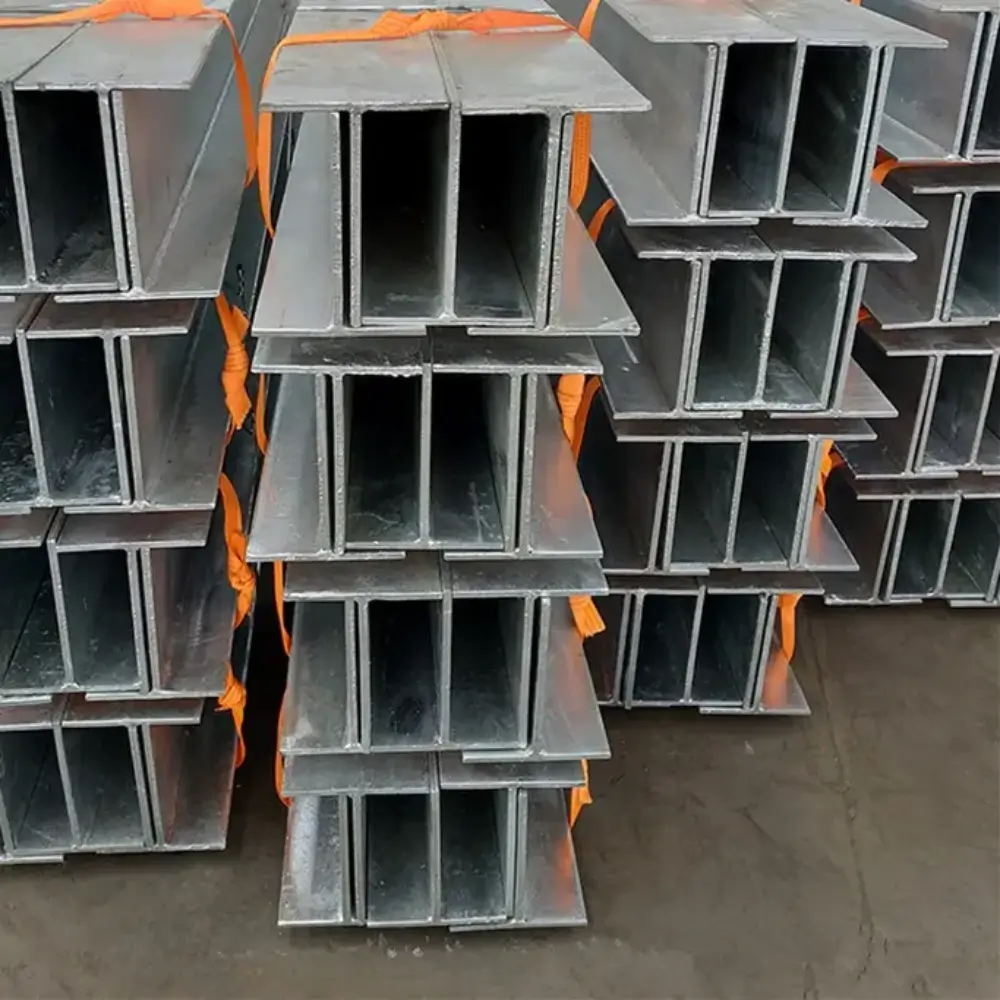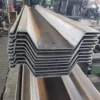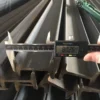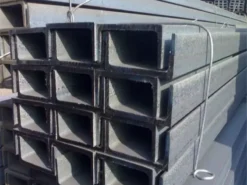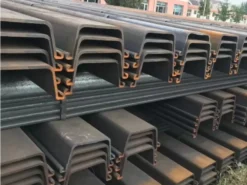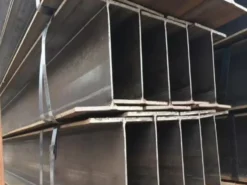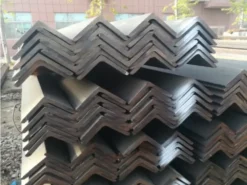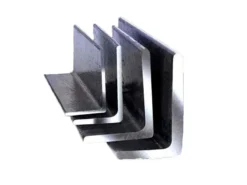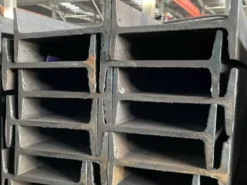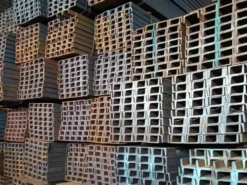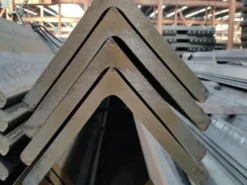H-shaped steel is a kind of economical section and efficient section with more optimized section area distribution and more reasonable strength weight ratio. It is named because its section is the same as the English alphabet “H”. Due to the fact that all parts of H-beam are arranged at right angles, H-beam has advantages such as strong bending resistance, simple construction, cost savings, and light structural weight in all directions, and has been widely used.
H-beam is a new type of economic building steel. H-shaped steel has an economical and reasonable cross-sectional shape, good mechanical properties, and uniform extension at various points on the section during rolling with low internal stress. Compared with ordinary I-shaped steel, it has the advantages of large cross-sectional modulus, light weight, and metal saving, which can reduce the weight of building structures by 30-40%; Due to the parallel inner and outer sides of its legs and the right angle of its legs, it can be assembled into components, saving up to 25% of the welding and riveting workload. Commonly used in large buildings that require high load-bearing capacity and good cross-sectional stability (such as factories, high-rise buildings, etc.), as well as bridges, ships, lifting and transportation machinery, equipment foundations, brackets, foundation piles, etc.
H-shaped steel is a kind of economical section steel with better mechanical properties of section, which is developed from the optimization of I-shaped steel. In particular, the section is named after the same English alphabet “H”. Its characteristics are as follows:
1.Wide flange and high lateral stiffness.
2.Strong bending resistance, approximately 5% -10% higher than I-beam.
3.The two surfaces of the flange are parallel to each other, making it easy to connect, process, and install.
4.Compared with welded I-beams, it has low cost, high accuracy, low residual stress, and does not require expensive welding materials and weld seam testing, saving about 30% of the steel structure production cost.
5.Under the same cross-sectional load, the weight of hot-rolled H-steel structures is reduced by 15% -20% compared to traditional steel structures.
6.Compared with concrete structures, hot-rolled H-steel structures can increase the usable area by 6%, while reducing the self weight of the structure by 20-30%, reducing the design internal force of the structure.
7.H-shaped steel can be processed into T-shaped steel, and honeycomb beams can be combined to form various cross-sectional forms, greatly meeting the needs of engineering design and production.
H-beams are divided into two types: hot-rolled H-beams and welded H-beams (H). Hot-rolled H-beams are further divided into three types: wide flange H-beams (HW), medium flange H-beams (HM), and narrow flange H-beams (HN).
HW is the height and flange width of H-shaped steel that are basically equal; Mainly used for steel core columns in reinforced concrete frame structures, also known as rigid steel columns; Mainly used for columns in steel structures
HM is an H-shaped steel with a height to flange width ratio of approximately 1.33 to 1.75, mainly used in steel structures as steel frame columns and as frame beams in frame structures under dynamic loads; For example: device platform
HN refers to the ratio of H-shaped steel height to flange width greater than or equal to 2, mainly used for beams; The use of I-shaped steel is equivalent to that of HN shaped steel;
The main materials of H-shaped steel include Q235B, SM490, SS400, Q345, Q345B, etc.

